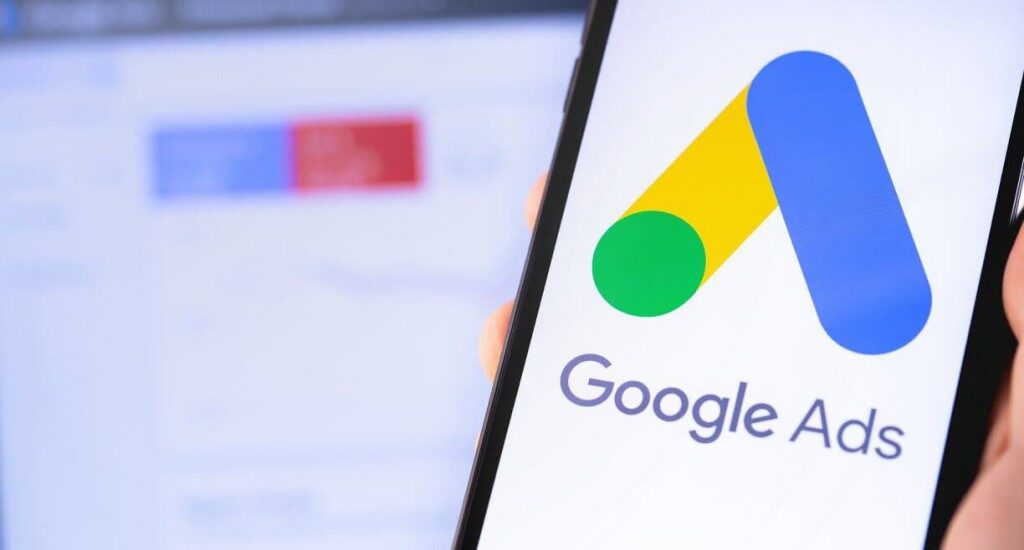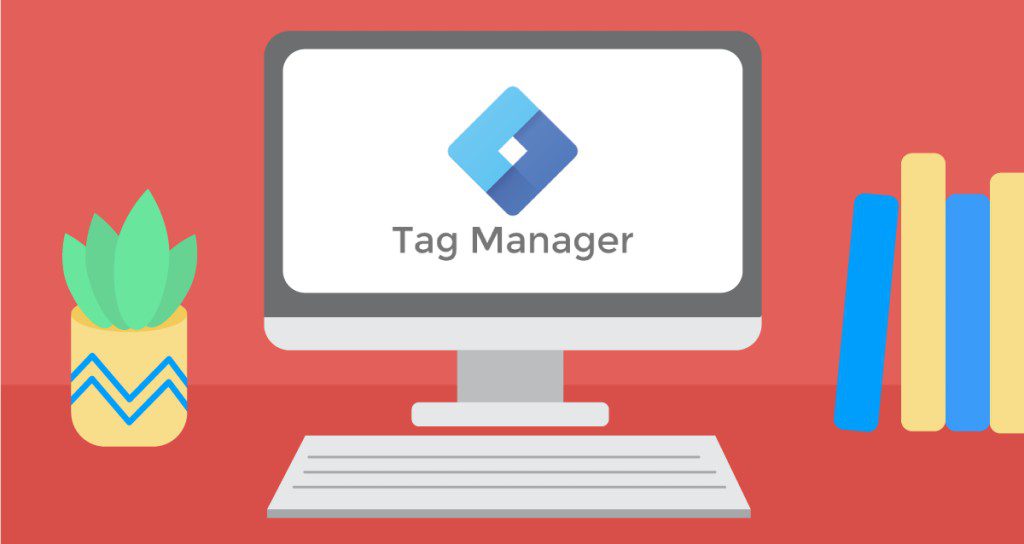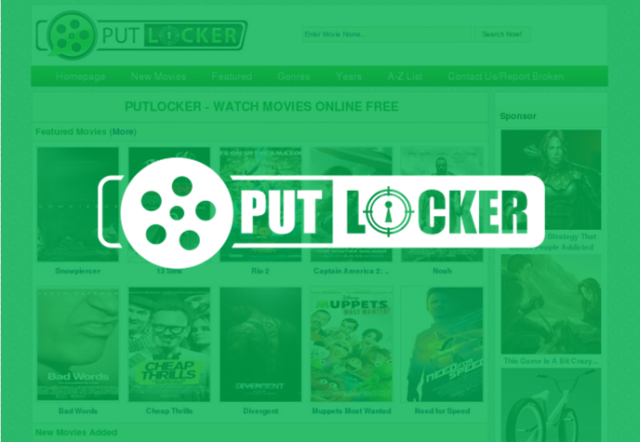Google Ads is a powerful ad management platform that will direct traffic to your e-commerce site. With Google Ads management, not only can you increase the number of visitors to your website, but you can increase the number of phone call queries, and in-store visits.
Using Google Ads can allow you to generate and share appropriately timed ads with your target audience, both on the mobile and desktop. This feature will make sure your company name appears on the search engine results page (SERP) when customers use Google Search or Google Maps to browse for products and services that are similar to yours.
Take a closer look at how you can make the most of Google ads.
What Is the Efficiency of Google Ads Services?
Here are some statistics that prove Google ads work:
- High Intent: Most people come across Google Ads when they are proactively searching for something. Google Ads results receive 65% of clicks for buying keywords, compared to 35% for organic search results.
- Cost-effective: You can set limits on your spending and schedule your ads to appear at appropriate times, so your ads will show only when relevant. Google Ads can deliver an 800% return on investment (ROI).
- Credibility: Google is known to be the most popular and trusted search engine in the world and research shows that 63% of people would click on a Google ad and only about 15% of people would click an Amazon ad, 9% would go for YouTube and 6% for Bing.
- Clear calculations: With accurate data on what is working and what is not working, you can align your ad copy, bids, and account structure accordingly to maximize your budget.
- Instant results: Search engine optimization is necessary for businesses and it can take time to rank organically. With Google Search, ads appear immediately.
With the information mentioned above, it comes as no surprise that 80% of all businesses focus on Google Ads for PPC. How effectively Google Ads works also depends on how well you manage your account.
A Quick Look at How Google Ads Work
Here is a step-by-step look at how Google ads management actually works:
- Advertisers create ads that target or bid on keywords.
- Someone searches on Google.
- If ads are targeted at relevant keywords for a specific search, then an auction is initiated.
- Google enters all relevant ads into the auction, one per account.
- Quality Score and Ad Rank formulas are used to choose the winners.
- Advertisers will pay only when their ad gets clicked.
The Objective of a Campaign
Advertisers have different objectives to run Google Ads. Although, whatever objective you have the main purpose is to generate a return on ad spend. ROAS can be generated through various ways such as an e-commerce store on the website, converted leads, phone calls, YouTube videos, etc.
What Should Be Your Ad Spend?
Initially, when you start the first time it is advisable to keep your budget low. In the first month, you should keep a small daily budget for instance $5 to $20, depending on the keyword competition in your business. By doing so you will get an idea about optimizing the Ads.
A Guide to Google Ads Auction for Search Ads
It is important for everyone to know how Google Ads auction works. Consumers will be able to see why only certain ads are visible to them and advertisers will realize why it is important to maintain their accounts.
Unlike a regular auction where people bid on products, in the Google Ads auction, advertisers bid on keywords. For example, a pet adoption organization may create an ad that targets a group of keywords like pet adoption, pet rescue, animal shelter, etc. They will then inform Google what their maximum bid is or the most they are willing to pay for a click on that ad.
Keyword matching is another important aspect, where Google will scan through the advertiser pool to see if any advertisers are bidding on keywords that Google deems relevant to a query or search. Occasionally, for informational intent searches, there will not be any relevant keywords in the advertiser pool. But in many cases, there are some keywords available and these may or may not match the search or query.
For a query such as the pet adoption example, Google might view keywords like pet adoption, rescue shelter, pet finder, etc., among hundreds and even thousands of other keywords, to be most relevant to the customer’s query and location.
How The Final Winner Is Decided for Google Ad Auctions?
When the auction begins, it means that for each account that is bidding on one or more relevant keywords to the query, Google will choose one keyword per account to enter into the auction along with that account’s corresponding ad for that keyword. It is quite simple actually. But the fact that there are more than four million Google advertisers, a single ad auction could contain thousands of ads, and there are only a few spots available for Google ads to show on the SERP.
Therefore, this is when the next step of choosing a winner comes into play. There are several factors that Google takes into account to select the most relevant and high-quality ad for the user. Quality Score is one key factor. Google assigns each ad a Quality Score from 1 to 10 based on the following:
- Relevance: how relevant is your ad to the intent of the query?
- Expected click-through rate: is your ad likely to get clicked if shown, based on your past performance in relation to competitors?
- User experience: how relevant is your landing page to your ad and how useful is the experience?
What Are the Latest Bidding Strategies for Google Ads 2022?
Listed below are 5 bidding strategies that you can use to optimize your ads campaign:
- Target cost per action (CPA): If you want to increase your conversion rates, you can use Target CPA, while targeting a specific cost per action (CPA).
- Target return on ad spend (ROAS): If you want to optimize the conversion value, you can use Target ROAS to increase the conversion value while targeting a specific return on ad spend.
- Maximize Conversions: If you want to optimize conversions by spending your entire budget instead of targeting a specific CPA (cost per action), you can use Maximize Conversions.
- Maximize Conversion Value: similar to maximizing conversions, if you want to increase the conversion value by using your entire budget instead of targeting a specific ROAS (return on ad spend), you can use Maximize Conversion Value.
- Enhanced cost per click (ECPC): If you want to automatically modify your manual bids to maximize conversions, you can use ECPC. This is an optional feature that can be used with Manual cost per click (CPC) bidding.
Setting up a Google ad campaign is just one part of the process. The steps you take after that will determine the success of your ad which will ultimately lead to the success and growth of your business. With the time the competition in Google Ads is increasing, to stay ahead in the competition is to proactively monitor campaigns. Timely auditing and optimizing the Ads will result in a successful conversion.


